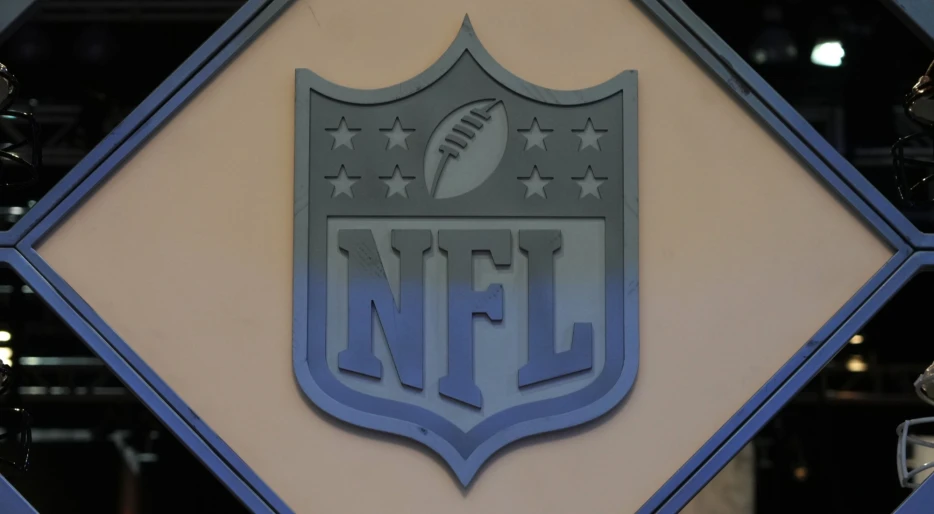
In the NFL, contracts can be complex, and one term that often confuses fans is “dead cap.” This term becomes important when a team releases or trades a player before the end of their contract. Even if the player is no longer on the team, some of their contract money still counts against the team’s salary cap. That amount is called the dead cap.
It can affect how much money the team can spend on other players. Understanding dead cap helps explain why teams sometimes keep players longer or make tough choices about their rosters. It plays a big role in team decisions and financial planning throughout the season.
Every NFL team has a salary cap, which is the maximum amount of money they can spend on player salaries each season. For 2025, the salary cap is set at 279.2 million dollars per team. This limit is designed to keep competition fair across all teams. Because of the salary cap, teams must carefully plan how they spend money on players. If they do not manage contracts well, it can create financial problems in future seasons.
Dead cap is the amount of money that still counts against a team’s salary cap even after a player is no longer on the team. This usually happens when a team releases or trades a player before their contract ends. Although the player is gone, certain parts of their contract, such as signing bonuses or guaranteed money, still affect the team’s cap space. This is called dead cap because the money is no longer helping the team on the field.
When a player signs a new contract, they often receive a signing bonus. The team pays the bonus right away, but for cap purposes, it is spread out over the length of the contract. If the player leaves early, the rest of the unpaid bonus is added to the team’s cap as dead cap. This can lead to a large dead cap hit in the year the player is released or traded.
Guaranteed money also creates dead cap if the player is cut before the contract ends. Some contracts include void years to help spread out cap hits. If a player leaves and those years are still unpaid, the remaining amount becomes dead cap all at once. This can cause a big hit to the team’s cap for that season.
If a team releases a player after June 1, they can split the dead cap hit over two seasons instead of one. This rule helps teams manage their budget better and gives them more room to sign new players during the season.
Dead cap affects how much money a team can use to sign or keep players. Teams with high dead cap may struggle to improve their...